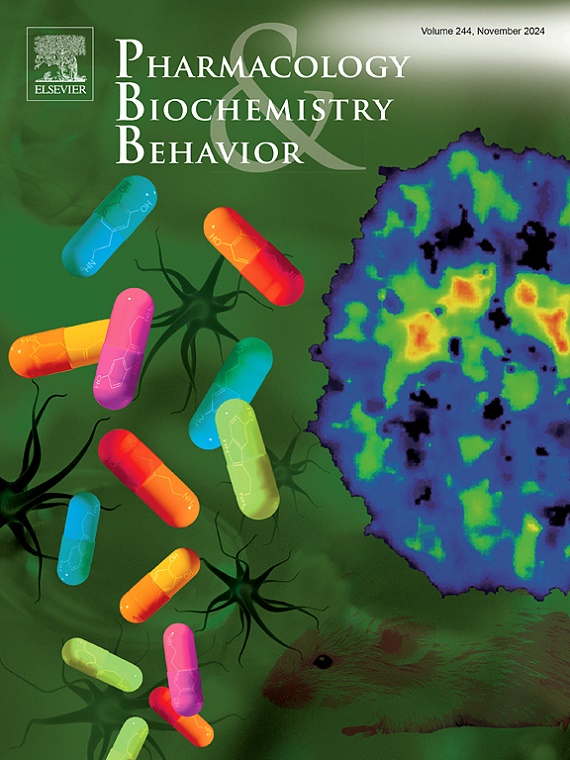ANXIOLYTICS: Origins, drug discovery, and mechanisms
Abstract
Anxiety is a part of the human condition and has been managed by psychoactive substances for centuries. The current medical need and societal demand for anxiolytic medicines has not abated. The present overview provides a brief historical introduction to the discovery of modern age anxiolytics that include the benzodiazepines together with a discussion of the continuing medical need for new antianxiety medications. The paper also discusses the use and impact of behavioral pharmacology in the preclinical development of anxiolytics. The review then highlights the diversity of mechanisms for creating a new generation of anxiolytics through mechanisms beyond the potentiation of GABAA receptors and the blockade of monoamine uptake. A discussion then follows on the behavioral specificity of action of anxiolytics that includes the concept of creating an anxioselective drug, one that targets anxiety without producing untoward effects that include sedation and dependence. The use of anxiolytics in the treatment of other conditions such as substance use disorder is also briefly reviewed. Finally, a brief summary of the current status of anxiolytic drug development is provided. The review concludes with the idea that despite a host of anxiolytic drugs, the lack of efficacy in some patients and the side-effects and safety issues associated with some of these medications demands alternative medicines. Current preclinical and clinical research is ongoing with the goal of identifying such compounds.

 求助内容:
求助内容: 应助结果提醒方式:
应助结果提醒方式:


